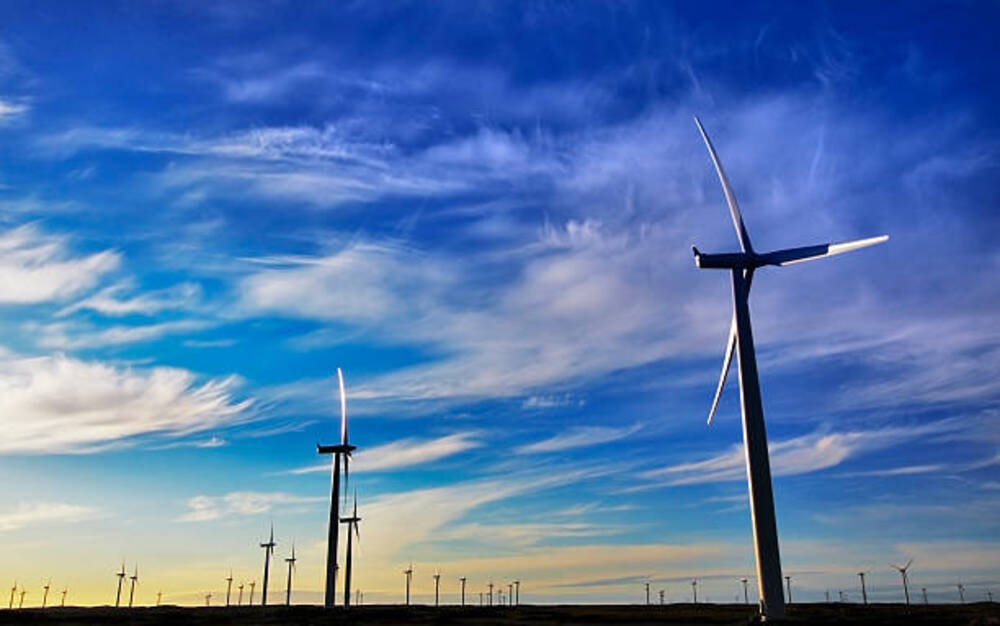Norway is one of the world’s leading countries when it comes to green energy. The country has set ambitious goals to reduce its CO2 emissions by at least 40% by 2030 and become climate neutral by 2050.
To achieve these targets, Norway has implemented several initiatives, including investing in renewable energy sources such as hydropower, wind, and solar. But one of the significant challenges of going green in Norway is that the country is heavily dependent on its oil and gas industries.
However, the Norwegian government has taken steps to shift its focus toward clean energy. Despite this, the country’s green energy plans are meeting some resistance from certain sectors.
Herøya Peninsula’s heavy industry shift to green energy
The Herøya peninsula, located in southern Norway, is home to the country’s largest onshore industrial site. The site, which includes several large companies, has plans to replace its use of natural gas with power from the grid. It is a part of the country’s nationwide push to cut CO2 emissions.
The shift to electric power is expected to reduce emissions from the site by 170,000 tons annually, equivalent to the emissions of approximately 85,000 cars.
The plan is part of a larger effort to move away from fossil fuels and towards renewable energy sources. The Norwegian government has set a goal of having all new cars sold in the country be zero-emission vehicles by 2025, and the country’s public transportation system is already largely powered by electricity.
There is resistance to green energy plans, but why?
Despite the progress that Norway has made toward green energy, some sectors are resisting the transition. One of the main challenges is the high cost of green energy solutions.
For example, the shift to electric power at the Herøya industrial site will require significant investment in new infrastructure, which could lead to higher costs for businesses.
Another issue is that Norway’s oil and gas industries are a significant source of revenue for the country. The shift to clean energy could lead to job losses and a decrease in economic growth in these sectors. This has led to pushback from some politicians and business leaders who are skeptical of the benefits of green energy.
Overcoming resistance to green energy
Despite the challenges, there are several ways in which Norway can overcome resistance to its green energy plans.
One solution is incentivizing businesses and individuals to transition to clean energy. For example, the Norwegian government offers tax breaks and subsidies for those who purchase electric cars. It has helped to increase their popularity.
Another solution is investing in research and developing new green energy technologies. By doing so, Norway can create new industries and jobs in the clean energy sector. That can help to offset any job losses from the oil and gas industries.
Anyway, Norway is the energy heaven of the Earth
The shift to electric power at the Herøya industrial site is just one example. It shows how Norway is working towards a greener future. By providing incentives and investing in research and development, Norway can continue to progress toward its green energy goals while overcoming resistance from certain sectors.
Norway has set ambitious goals to become a leader in green energy and reduce its CO2 emissions. While the country has made significant progress toward this goal, there are still challenges to overcome. And it will be so. Norway is a true energy heaven on Earth.

